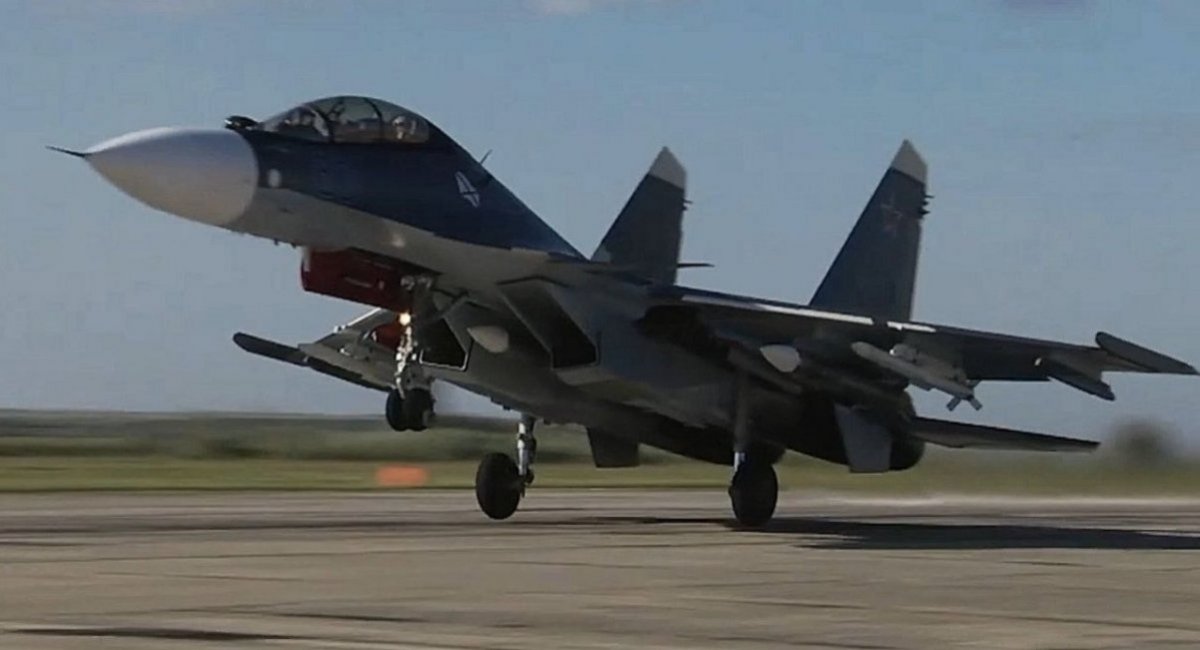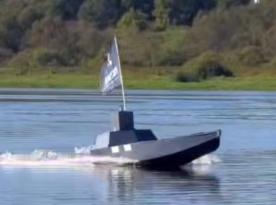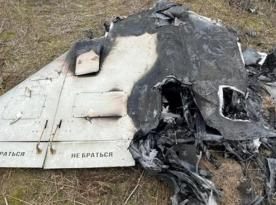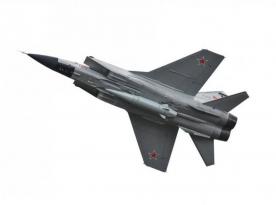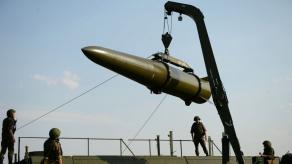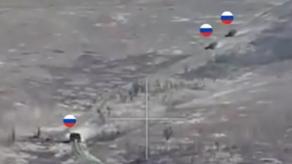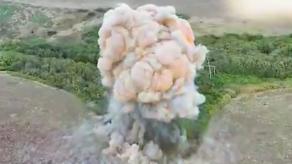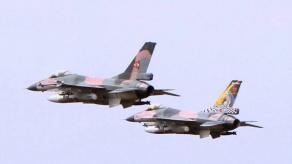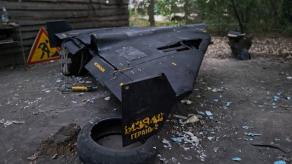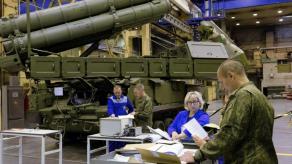Late December 2024, russian state media announced the delivery of Su-34 and Su-57 aircraft to the russian Aerospace Forces, this new batch is a good opportunity to look at the russian aircraft industry in retrospect and draw some conclusions about its efficiency throughout this year.
In general, the russian military received up to 24 new combat aircraft in 2024, based on reports published over these months. The combat losses, on the other hand, amount to at least 23 jets, as pointed out by Polish news outlet Defence24.
Read more: Price of Transition: How Much Serbia Paid For New Hangars For Rafale After Retiring MiG-29
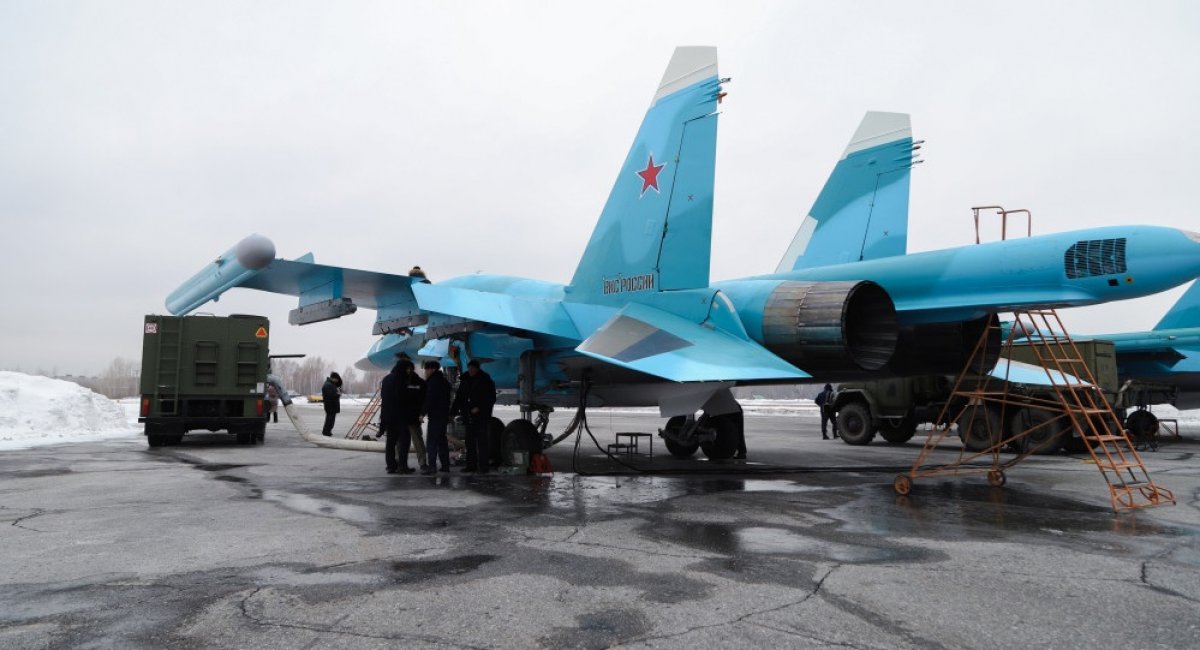
The journalists broke down the deliveries of aircraft to the russian Aerospace Forces over the past year:
- Su-34: 10 aircraft;
- Su-35S: six aircraft;
- Su-57: six aircraft;
- Su-30: two aircraft.
At first glance, it looks like the russians have increased production of the Su-34, a carrier of guided bombs, while the production of other aircraft types has become less of a priority. But if you compare the figures to the data from previous years, there is an overall regress dynamic seen in the russian military-industrial complex:
- Su-34: 10 aircraft were manufactured in 2022, and only six in 2023;
- Su-35: 7 aircraft in 2022 and 10 units in 2023;
- Su-57: eight aircraft declared in 2022 and 11 units in 2023;
- Su-30: four aircraft in 2022 and 2023 each.
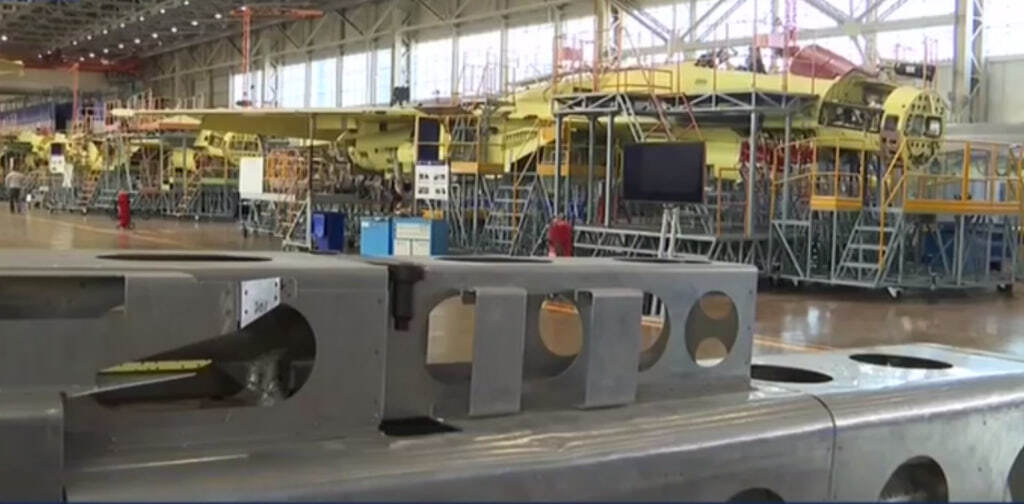
Next, the authors counted russian aircraft losses in 2024:
- Su-34: nine destroyed, one damaged;
- Su-25: four shot down;
- Su-27: three destroyed, one damaged;
- Su-35S: two destroyed;
- MiG-31: two destroyed;
- Tu-22M3: two destroyed, one damaged;
- A-50: two destroyed;
- S-70 Okhotnik: one shot down;
- Su-57: at least one damaged;
- Su-24M: one damaged.
Besides those, for some reason, the Polish website also includes one damaged Tu-160M among the russian losses in aircraft in 2024, although there were no reports of incidents with these strategic bombers this year.
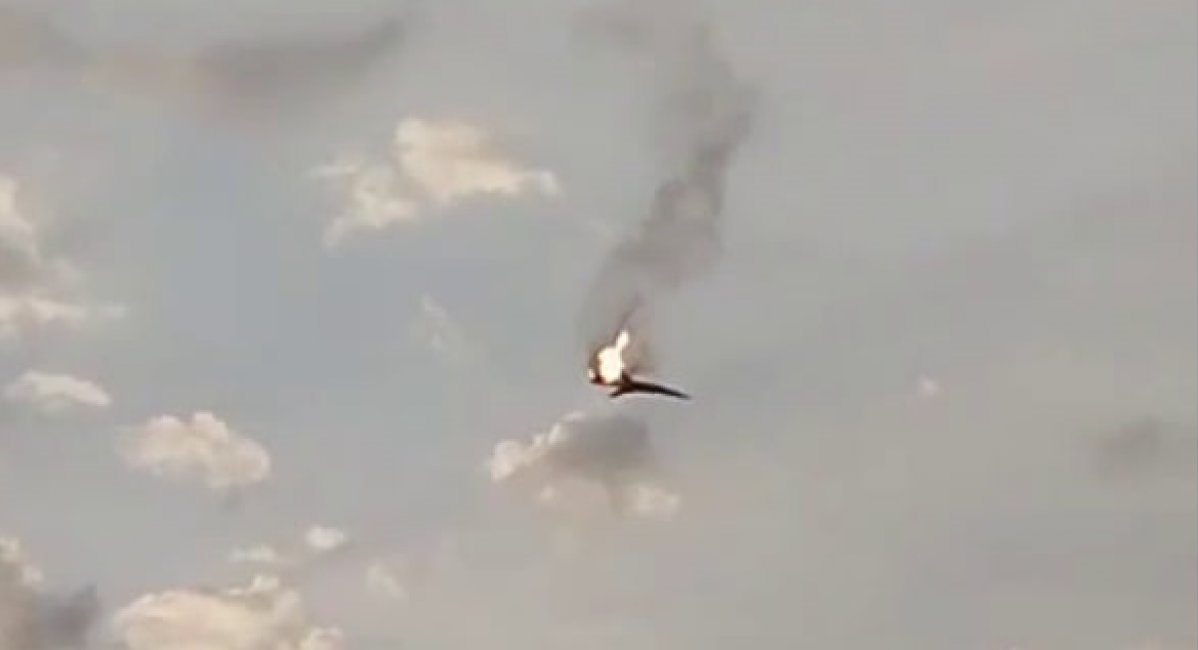
On a note from Defense Express, from a formal point of view, the russian military-industrial complex this year managed to quantitatively cover some losses in aircraft in 2024 (all in all, they don't have a replacement for the lost Tu-22M3 and A-50).
However, there are strong reasons for doubt it will be able to keep this ratio of losses vs. new aircraft deliveries just above the water level in 2025. On the contrary, the russian aircraft industry continues to demonstrate signs of decay, particularly manifested in fluctuations in annual production output.
Read more: Slowly But Surely, Fortified Aircraft Hangars Appear Across russia: One More Airfield Protected




